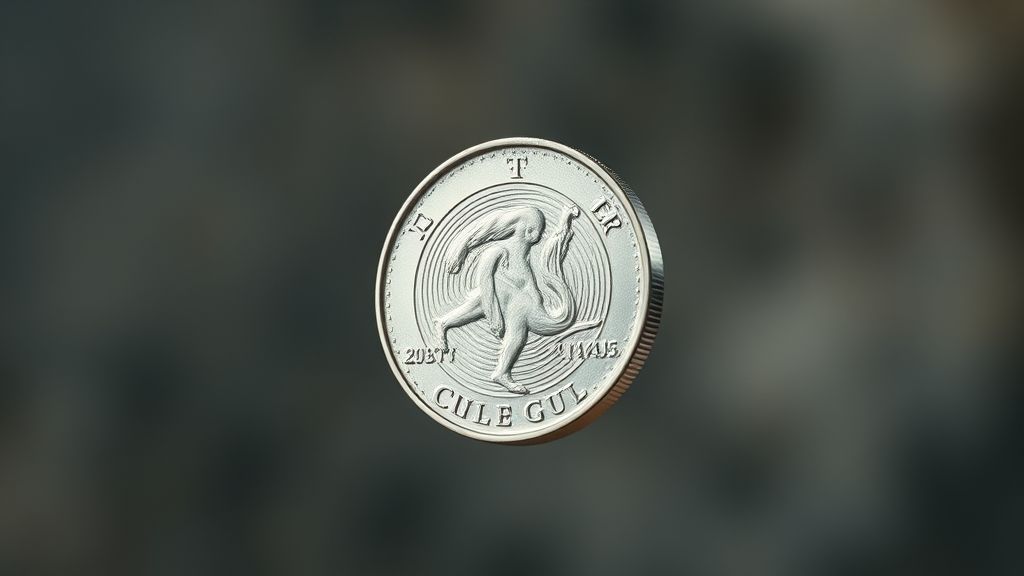Understanding 50/50 Chances: How Probability Shapes Everyday Decisions
For every decisions probability changes

Life is full of choices, and sometimes those choices feel like they come down to a simple “yes” or “no,” “heads” or “tails.” We often hear the phrase “50/50 chance,” but what does it really mean? Understanding the concept of 50/50 chances not only helps in games of chance like coin flips but also gives us insight into everyday decision-making, risk assessment, and probability in real life.
In this post, we’ll explore the science behind 50/50 chances, common misconceptions, practical uses, and fun ways to experiment with randomness in your daily life.
What Does 50/50 Really Mean?
A 50/50 chance refers to a situation where there are two equally likely outcomes. Each outcome has an equal probability of occurring—essentially a 50% chance for either result. Classic examples include:
-
Flipping a coin (heads or tails)
-
Choosing between two doors or options
-
Predicting whether a randomly drawn card is red or black (in simplified setups)
In mathematical terms, if an event has two equally probable outcomes, the probability of each outcome is 0.5, or 50%. This simple principle forms the foundation of probability theory, a branch of mathematics that studies uncertainty and randomness.
50/50 Chances in Everyday Life
While we often think of 50/50 chances in games or gambling, they appear in countless real-life situations:
-
Deciding Quick Choices
Sometimes it’s hard to pick between two options, like where to eat, which movie to watch, or which route to take. Flipping a coin gives each choice an equal 50% chance, making decision-making faster, fairer, and less stressful. -
Sports Decisions
Many sports rely on coin tosses to determine who starts, which side of the field a team plays on, or who gets possession first. This ensures fairness and removes bias from the decision, letting the game begin on equal terms. -
Random Experiments
Scientists and researchers often use simple 50/50 models to test hypotheses. Random sampling and controlled experiments rely on understanding equal probabilities to draw accurate conclusions and avoid biased results. -
Decision-Making in Life
From business to personal choices, understanding equal probability events can help assess risk and make decisions more rationally. For instance, when faced with two equally viable project options, using a random method like a coin flip can prevent overthinking and decision fatigue.
The Science of Randomness
At the heart of a 50/50 chance is randomness. Randomness ensures that each event is independent and unbiased. For example, when flipping a fair coin, the result of one toss does not affect the next toss.
However, real-life situations can sometimes introduce bias, meaning the outcomes are no longer truly 50/50. Factors that can skew results include:
-
Uneven coins: Worn or bent coins may favor one side.
-
Surface: Tossing a coin onto a slanted or soft surface can affect landing.
-
Human influence: Subtle hand movements or catching techniques may unintentionally favor one side.
Recognizing these factors helps maintain fairness in both games and experiments.
Misconceptions About 50/50 Chances
Many people assume that after several similar events, the next outcome is “due” to balance the results. This is known as the Gambler’s Fallacy. For example, if a coin lands on heads five times in a row, some might think tails is “due” on the next flip. In reality, each flip is independent, and the probability remains 50% for each outcome.
Another common misconception is thinking that 50/50 chances guarantee fairness in human contexts. While probability ensures equal theoretical chances, human psychology, timing, or environmental factors can subtly influence outcomes.
Using 50/50 Chances Strategically
Understanding 50/50 chances can improve decision-making in casual, professional, and educational settings:
-
Quick Decision-Making
When stuck between two equally attractive options, using a coin flip or similar random method can save time and reduce stress. -
Game Strategy
In games involving multiple 50/50 events, understanding probabilities can inform better strategies. For example, in board games or card games, knowing how likely certain outcomes are can help you plan ahead. -
Risk Assessment
Many daily decisions and investments involve weighing risks. Recognizing which events are truly 50/50 helps avoid overestimating or underestimating risk and makes planning more logical. -
Teaching Probability
Simple 50/50 experiments, like flipping coins or drawing cards, are excellent tools for teaching probability and randomness in classrooms or at home.
Fun Ways to Experiment with 50/50 Outcomes
You can even turn 50/50 chances into an educational or entertaining activity:
-
Coin Flip Challenges: Track multiple flips and observe patterns to learn how probability works in practice.
-
Two-Choice Games: Use dice, cards, or apps with two possible outcomes to explore randomness beyond coins.
-
Life Experiments: Try making small daily decisions with a coin flip to embrace unpredictability and reduce overthinking.
-
Predicting Randomness: Challenge friends or students to guess outcomes and then compare results with the theoretical 50/50 probability—it’s a fun way to combine learning with play.
Real-Life Examples of 50/50 Outcomes
-
Sports: In soccer, NFL, and cricket, coin tosses decide starting positions or who kicks off.
-
Gambling: Betting on red or black in roulette has a nearly 50/50 chance. (For casino things)
-
Technology: Certain computer algorithms and random number generators simulate 50/50 events for games and testing.
Understanding these examples helps illustrate how deeply the concept of equal probability is embedded in everyday life.
Conclusion
A 50/50 chance is more than just a coin flip—it’s a fundamental concept that helps us understand probability, randomness, and fair decision-making. From casual choices to sports, games, experiments, and teaching probability, recognizing when situations truly have equal odds empowers us to make better, unbiased decisions.
Next time you face a tough choice, remember: sometimes the simplest 50/50 decision—like flipping a coin—can provide clarity, fairness, and even a little bit of fun. Whether in games, daily life, or experiments, embracing the science of 50/50 chances can make life just a little more predictable… or delightfully unpredictable! 🎲





